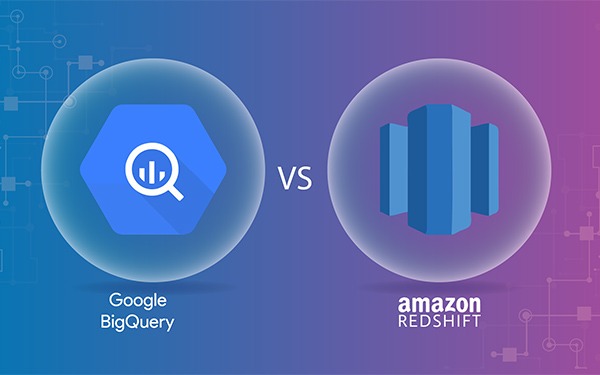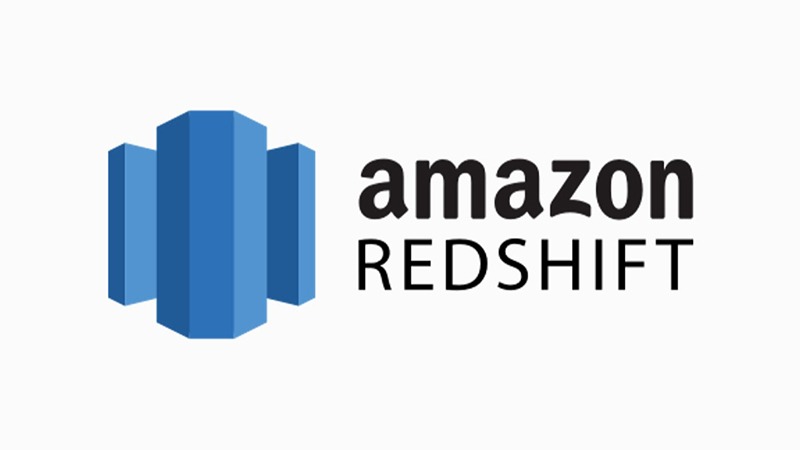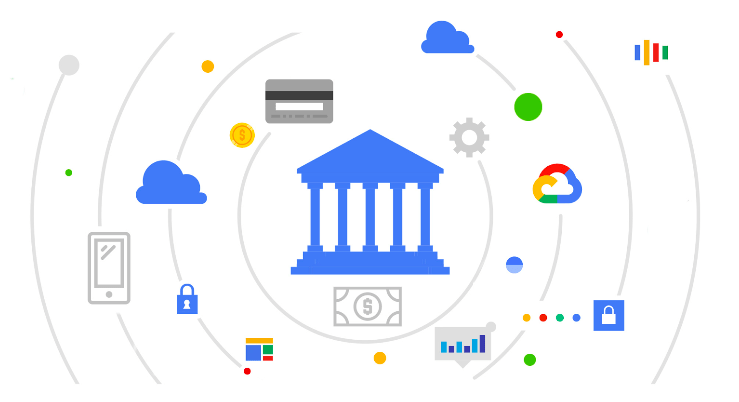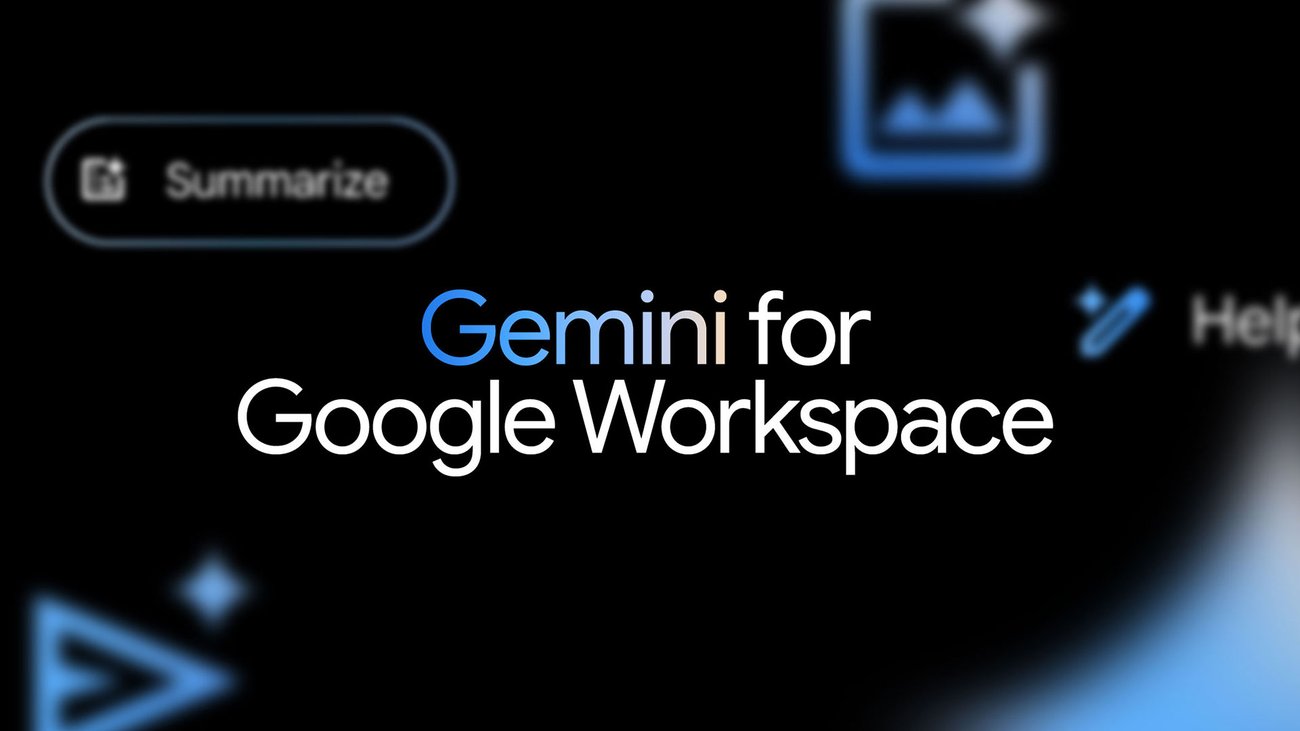Số hóa bùng nổ mạnh mẽ kéo theo khách hàng ngày càng yêu cầu cao…
Compare Amazon Redshift vs Google Bigquery

Compare two popular data platforms Amazon Redshift and Google BigQuery is an important aspect for businesses to make smart decisions about choosing the right tool for their needs. Both Amazon Redshift and Google BigQuery are services that provide storage and processing of big data, but they have notable differences.
In this article, Gimasys will compare Amazon Redshift vs Google BigQuery based on factors such as performance, scalability, availability, flexibility and cost. Thereby, businesses can make decisions about choosing the platform that best suits their needs and goals in processing and analyzing big data.

What is AWS RedShift?
Amazon Redshift is a relational database service in the cloud provided by Amazon Web Services (AWS). It is designed to process and analyze large data sets with high performance and flexible scalability.
Redshift uses a traditional relational database model, where data is organized into tables and linked together by foreign keys. It supports standard SQL and allows users to perform complex queries on data.
A basic AWS RedShift infrastructure will have a cluster, which may include one or more computing nodes. To work, the user partitions the computer node, from which it will be allocated a portion of the node's space or memory. Users may also need a leader node to coordinate additional nodes, as well as interact with the external environment, especially if the cluster is powered by multiple nodes.

What is Google Bigquery?
Google BigQuery is a completely cloud-based data processing and storage service, powered by Google Cloud Platform (GCP). Built as a serverless, multi-cloud data warehouse, the highly scalable and cost-effective BigQuery is designed for business agility.
BigQuery is designed to analyze data on the order of billions of rows, using SQL-like syntax. It runs on infrastructure Cloud Storage Google and can be accessed using a REST-oriented application program interface (API). BigQuery is designed to analyze data on the order of billions of rows, using SQL-like syntax. It runs on top of Google Cloud Storage infrastructure and can be accessed using a REST-oriented application program interface (API).
Compare Amazon Redshift vs Google Bigquery
AWS Redshift and Google BigQuery are both cloud warehouse solutions as a service. However, there is a big difference between Amazon Redshift vs Google Bigquery, especially when it comes to features, operations as well as infrastructure. Below is a brief comparison between these two cloud data warehouse platforms.
| The existing | Amazon Redshift | Google Bigquery |
| Platform | Amazon Web Services | Google Cloud Platform |
| Infrastructure | Provide clusters and nodes | Serverless |
| Number of servers available | Americas – 8
Europe – 5 Asia Pacific – 9 |
Americas – 4
Europe – 3 Asia Pacific – 7 |
| Limit columns in a table | 1,600 columns | 10,000 columns |
| Online data entry | Must use Amazon Kinesis Firehose | Support |
| Manageability / usability | Users need to configure the infrastructure, requiring periodic management | No configuration required |
| Security | Inherit the security features of Amazon Web Services
Data encryption must be enabled Dịch vụ ngăn ngừa mất dữ liệu (DLP) của AWS là Macie, không được hỗ trợ cho Redshift |
Inheriting security features of Google Cloud Platform
Encrypt data by default Google Cloud DLP Service supports BigQuery |
Performance: RedShift vs BigQuery
The performance of these 2 data warehouse solutions is relative. Usually, performance depends on data complexity, user data table size, number of online queries, among other factors. However, users can manually configure it to use the advanced features available in BigQuery. In terms of speed, BigQuery can outperform RedShift, especially if you are using dc2 service. large nodes.
Structure
Amazon and Google have different approaches to providing their services. Amazon's approach is either infrastructure as a service (IaaS) or platform as a service (PaaS). Customers are responsible for capacity planning and must provide compute and storage nodes on the platform. Google's approach is more like software as a service (SaaS). BigQuery is serverless, no resource allocation required. You can sign up for a service, access the web UI or REST API, and initiate a query.
Update table
Columnar databases are architected to support fast analytical processing. However, that architecture makes them slow and inefficient when updating and modifying. However, both Redshift and BigQuery can handle data modification, although they do it in different ways.
Redshift can do all of the above, but only through a complex process. Redshift does not provide the UPSERT command to update the table. The user has to load the data into the staging table and then join the staging table to the destination table for the UPDATE statement and the SELECT statement.
BigQuery is designed as an optimal system for this operation. In 2017, Google released Data Manipulation Language (DML) to allow users to update, insert, and delete data.
Support development
AWS provides SDKs for C#, Go, Java, Node.js, PHP, Python, Ruby, .NET, and JavaScript. There is also the Redshift API.
Google provides a Cloud SDK that supports C#, Go, Java, Node.js, PHP, Python, and Ruby. It includes many services on top of GCP, including BigQuery. Google also supports REST APIs for creating, managing, sharing, and querying data, as well as APIs for BigQuery Data Transfer Service and BigQuery Storage.
RedShift & Big Query – Which option is right?
Choosing between Amazon Redshift and Google BigQuery will depend entirely on the needs of each business, as the winning data warehouse should be the one that works best in your environment to meet your specific business needs. organization. Redshift and BigQuery have many similarities, but also important differences that can scale. If you are not heavily invested in AWS, Redshift might be a good choice for you. If your database administrator resources are limited then BigQuery is a better choice. Or you have a data table with 1,600+ columns like Gimasys — use BigQuery.
Above is all you need to know about scompare Amazon Redshift vs Google Bigquery. If your business is interested in Google Bigquey or platform Google Cloud Then you can connect with Gimasys - a senior partner of Google in Vietnam to get advice on solutions to build applications according to your own needs. Contact now:
- Gimasys – Google Cloud Premier Partner
- Hotline: Hanoi: 0987 682 505 – Ho Chi Minh: 0974 417 099
- Email: gcp@gimasys.com
Source: Gimasys



